I te atatū, i te 11 o Māehe i te tau 1845, i whakaekea te kāinga o Kororāreka e Hōne Heke rāua ko Te Ruki Kawiti. He rangatira rāua nō roto o Te Tai Tokerau.
Ahakoa i tutū te puehu i waenga i a Ngāpuhi me ngā hōia Pākehā i te 11 o Maehe, i tīmata tēnei riri i ngā tau tata i muri mai i te hainatanga o te tiriti i te tau 1840. I pukuriri haere te iwi o Ngāpuhi i ētahi o ngā mahi a te kāwanatanga, ka tahi; ka rua, kāore hoki a Ngāpuhi i rata ki ngā whakahaerenga mō te tāone o Kororāreka.
Ka takariri a Hōne Heke mā ki te whakatūnga o te kara mō Ingarangi, arā, o te ‘Tiaki o Ingarangi’ i Kororāreka. Ki a rātou, e tohu ana tēnei kara i te rironga atu o tō rātou tino rangatiratanga me tō rātou mana motuhake i raro i te Kuīni o Ingarangi, ā, kua noho kē rātau hei taurekareka mā te Kuīni. Kāore a Hōne Heke mā i whakaae, ka mutu, nā Hōne Heke te pou kara i whakatū kia rere kē ai te kara o ‘Te Whakaminenga o Ngā Hapū o Niu Tīreni’.
Nō reira, hei whakaatu i tōna matekiri ki te Karauna, ka topea te pou kara. I topea tuatahitia e Te Haratua i te tau 1844, ā, ka rua anō ngā topenga o te pou kara e Hōne Heke i te marama o Hānuere, i te tau 1845. I te ata o te 11 o Maehe, ka hoki anō a Hōne Heke ki te tope i te pou kara, ā, ka tīmata te riri i waenga i a Ngāpuhi me te Karauna. Nā konā i tīmata ai te pakanga o te Nōta, ka mutu, e kīia nei tēnei riri ko te ‘Flagstaff War’, ko te ‘Northern War’ rānei.
I te tau 1858, i whakatūria he pou kara anō i raro i ngā tohutohu a Maihi Parāone, te tama a Te Ruki Kawiti. Ko ‘Whakakotahitanga’ te ingoa o tēnei kara.
Audio File
English Translation
On the morning of March 11, 1845, Kororareka’s home was attacked by Hone Heke and Te Ruki Kawiti. They are both leaders from the north.
Although there was a standoff between the Ngāpuhi and the European troops on March 11, this conflict began several years after the Treaty was signed in 1840. The Ngāpuhi people became increasingly angry at some of government activities, then; secondly, Ngāpuhi was not interested in the management of the town of Kororāreka.
Hone Heke opposed the establishment of the flag for England, i.e. the ‘Protection of England’ in Kororāreka. For them, this flag represents the loss of their sovereignty and independence under the Queen of England, and they have already become slaves of the Queen. Hone Heke did not agree, and finally, Hone Heke set up the flag pole so that the flag of ‘Te Whakamininga o Ngā Hapū o Niu Tireni’ could be flown.
Therefore, to show his loyalty to the Crown, the flag pole was cut. It was first cut by Te Haratua in 1844, and the flag pole was cut twice more by Heke in January 1845. On the morning of March 11, Heke returned Go down to cut the flagpole, and the feud between Ngāpuhi and the Crown begins. Because of that, the war started, and when it ended, this war is called the ‘Flagstaff War’ or the ‘Northern War’.
In 1858, another flagpole was erected under the instructions of Maihi Paraone, the son of Te Ruki Kawiti. The name of this flag is ‘Unification’.


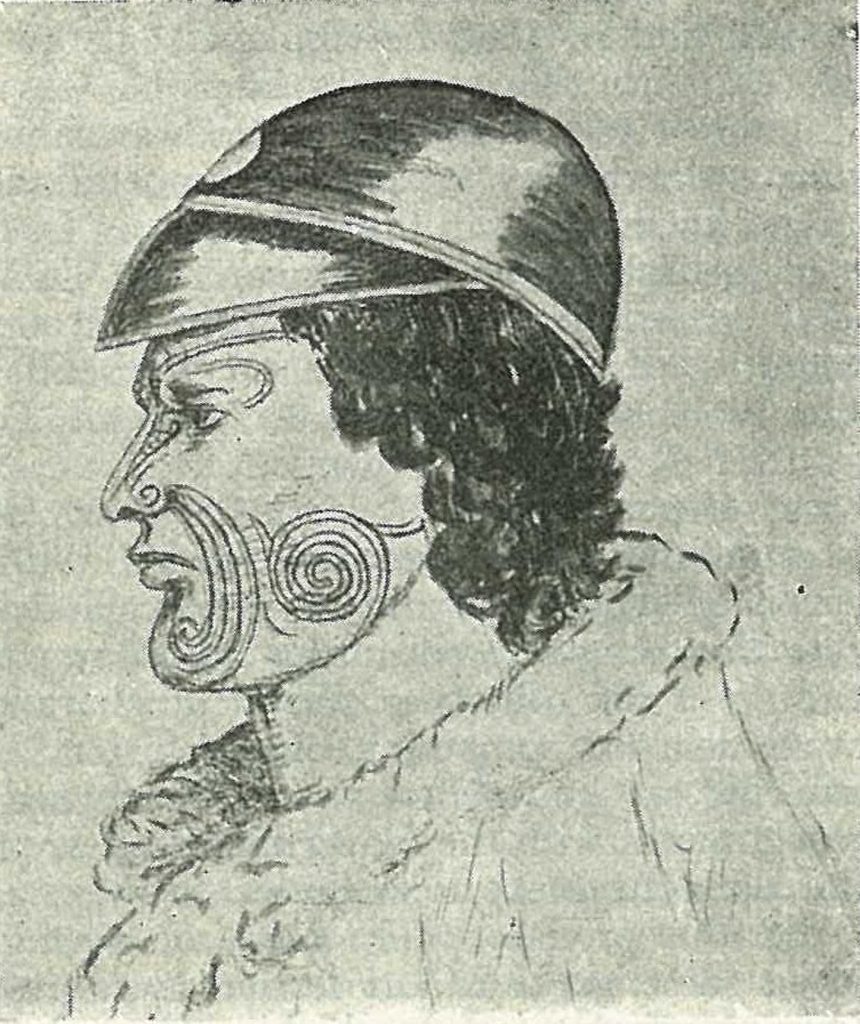
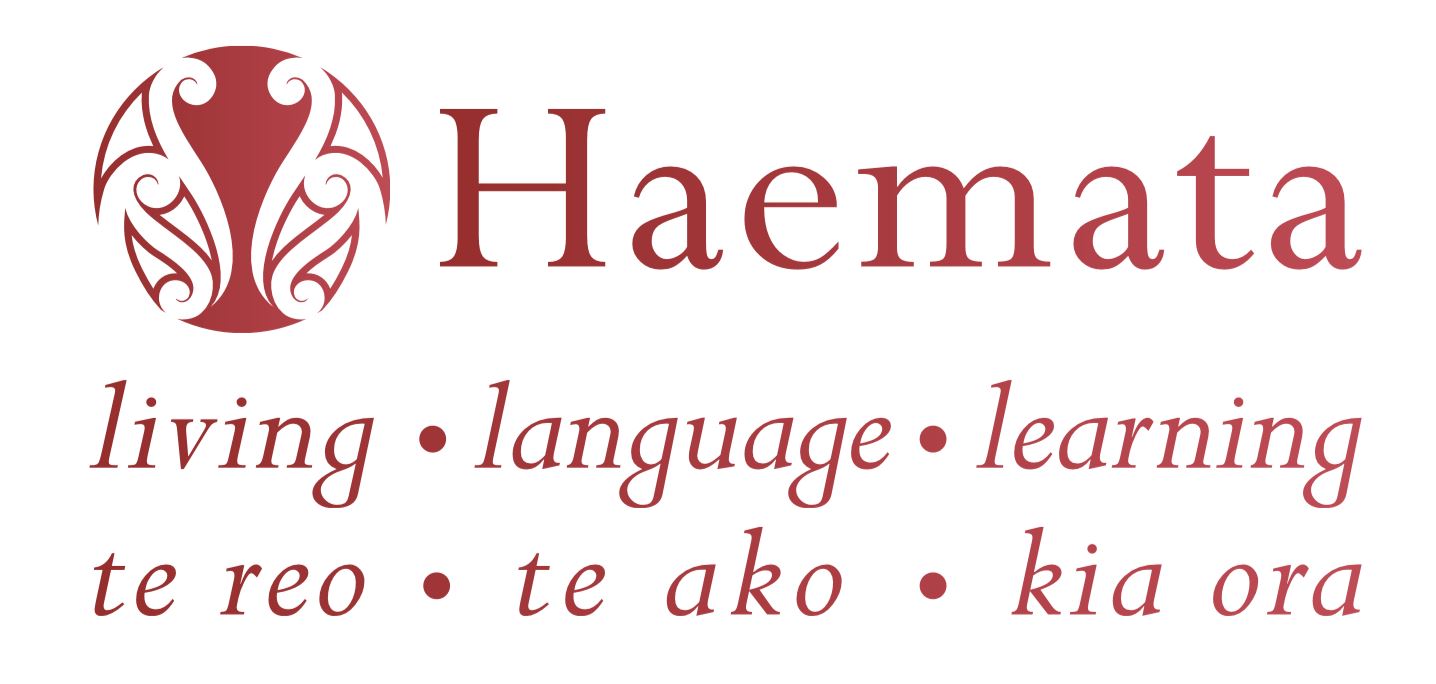


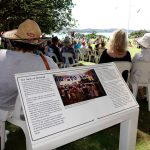

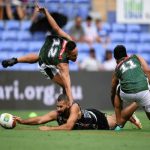



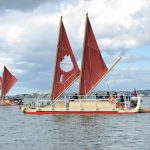
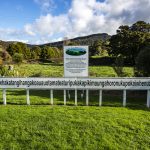
One Response
file:///C:/Users/janna/Downloads/MicrosoftWindows.Client.CBS_cw5n1h2txyewy!InputApp/MuaKissGIF.gif